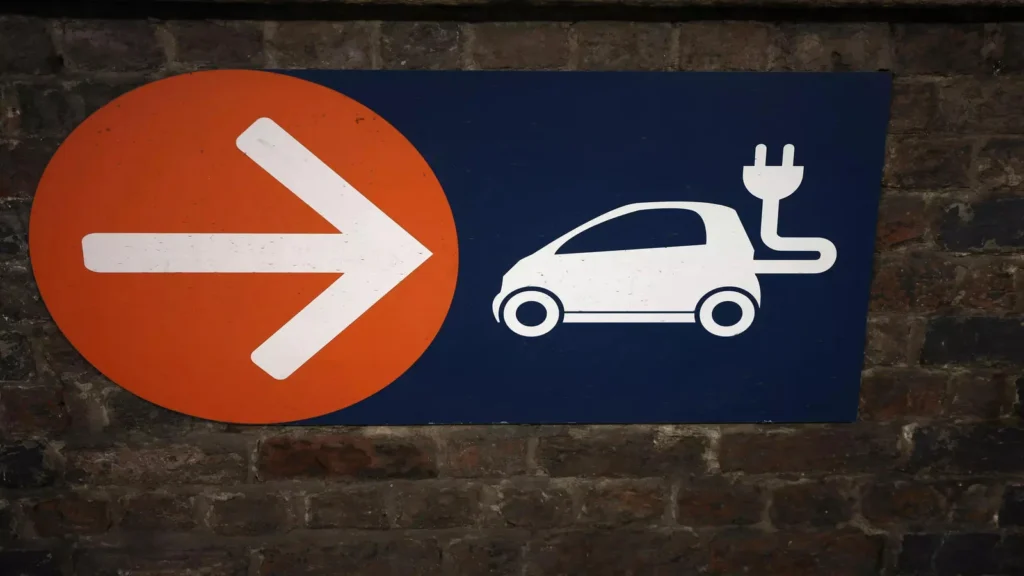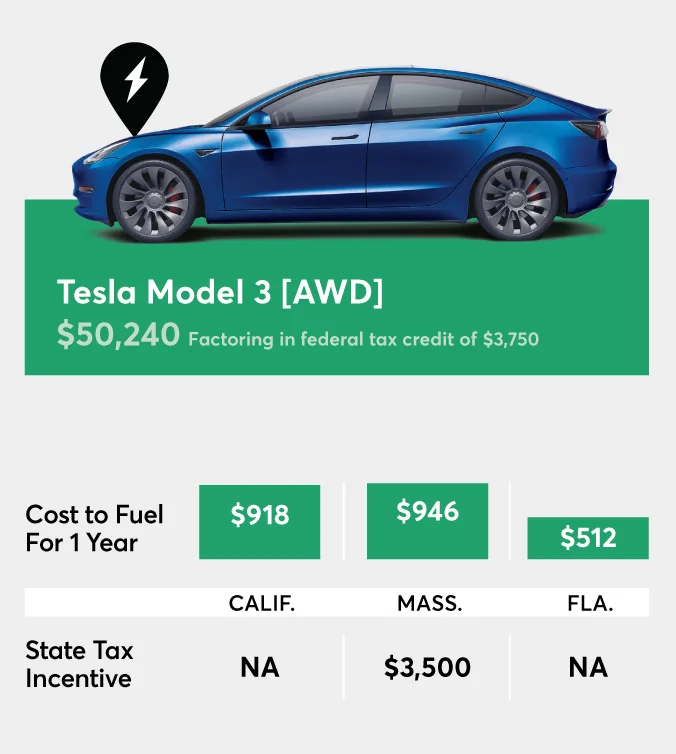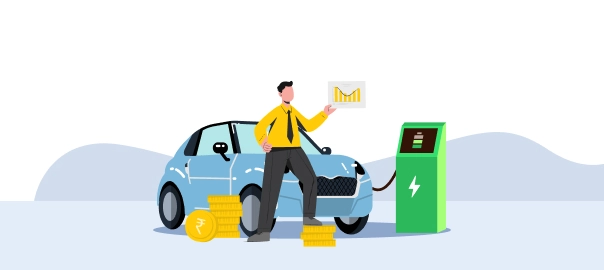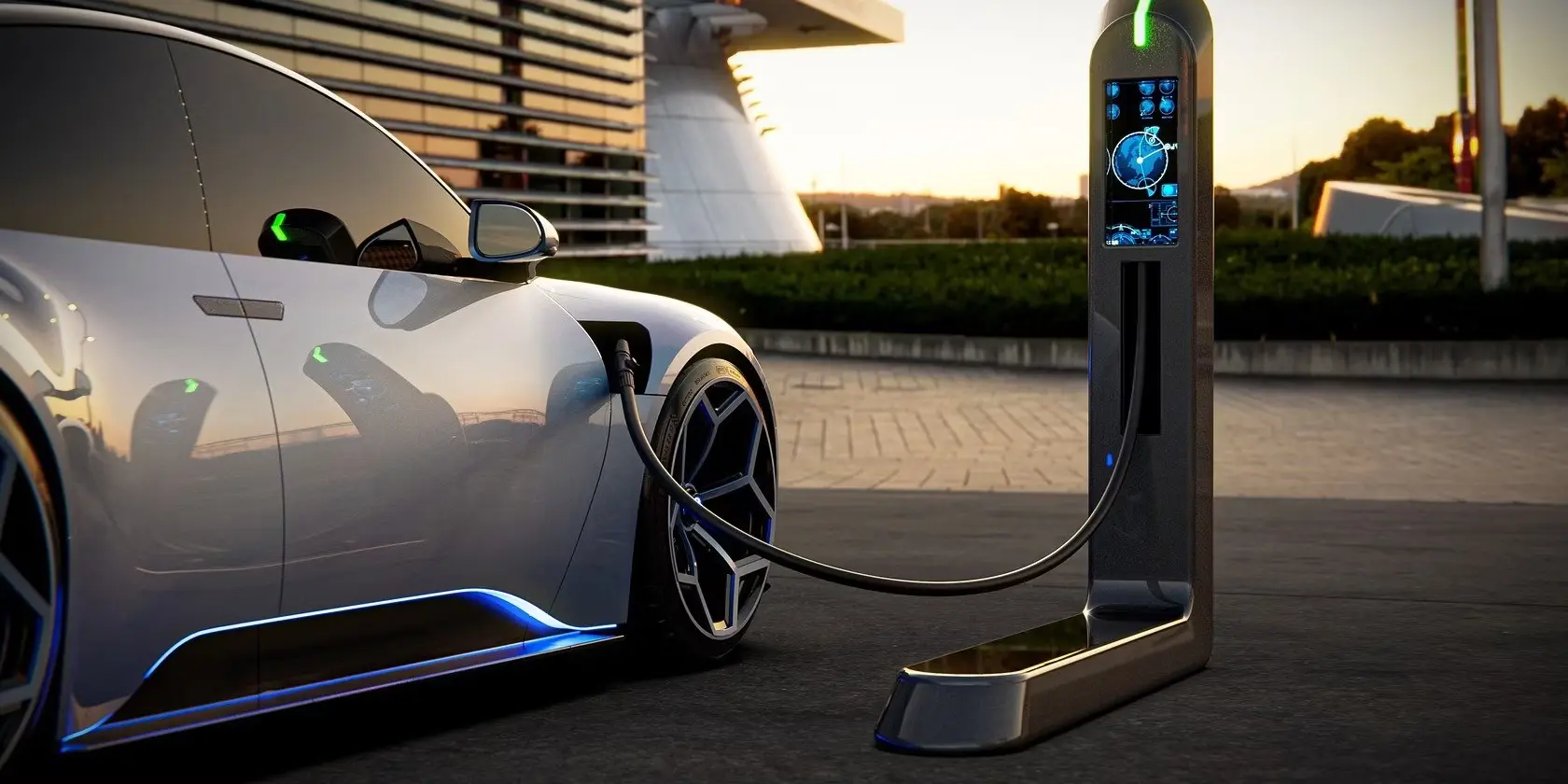Electric vehicle ownership is on the rise, but many potential buyers are concerned about charging costs. This article explores the various factors affecting charging costs and provides tips for saving money on your electric bill.
Charging at Home is King
- The cheapest way to charge your EV is at home. Rates are typically lower than public charging stations.
- Example: In this article’s example, a standard range plus Tesla Model 3 costs about $4.81 to charge from 0% to 100% at home during off-peak hours (8.76 cents/kWh x 55 kWh battery).
- Tip: Look into “time-of-use” plans offered by your utility company. These plans offer lower rates during off-peak hours, allowing you to schedule charging for maximum savings.

Public Charging Options
- Public charging stations can be convenient, but they are generally more expensive than home charging.
- Level 2 Public Chargers: Prices vary depending on the company. This article shows a charging session from 20% to 80% costing $11.69 at a 39 cents/kWh Blink charger.
- Tip: Use apps like PlugShare to find stations with free charging or discounts.
- DC Fast Chargers: These are ideal for long trips but are the most expensive option. Costs can be based on time or energy used.
- Tip: Some charging companies offer membership programs with lower rates or free charging sessions. Look into Electrify America’s Pass+ membership or EVgo’s various plans.

Additional Money-Saving Tips
- Solar Panels and Battery Backup: Consider installing solar panels to generate your own electricity and further reduce charging costs.
- Free Charging: Some businesses like shopping centers or attractions offer free Level 2 charging.
- New EV Incentives: Many new EVs come with free charging for a limited time, typically two years.

The Takeaway:
Charging an EV at home is the most cost-effective way to keep your car fueled. Utilize time-of-use plans, explore public charging options strategically, and take advantage of free charging opportunities to maximize your savings.
Also: Lamborghini Bets on Gas-Powered Supercars for the Future, Delays Electric Vehicle
